#digital marketing agency
Explore tagged Tumblr posts
Text
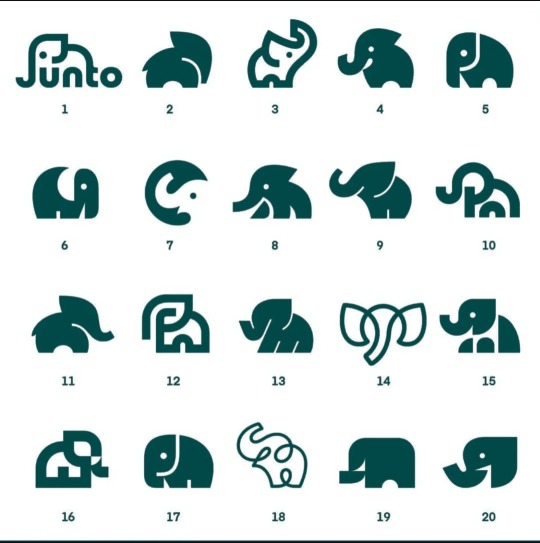
Minimal Elephant Logo Designs ♡
Which one do you like the most? Write in a comment below 👇
#elephant#africa#logomark#logo design#vector#digital art#illustration#artists on tumblr#business#maketing#innovation#visuals#development#digital marketing agency#media#social marketing#canada#toronto#ontario
24 notes
·
View notes
Text

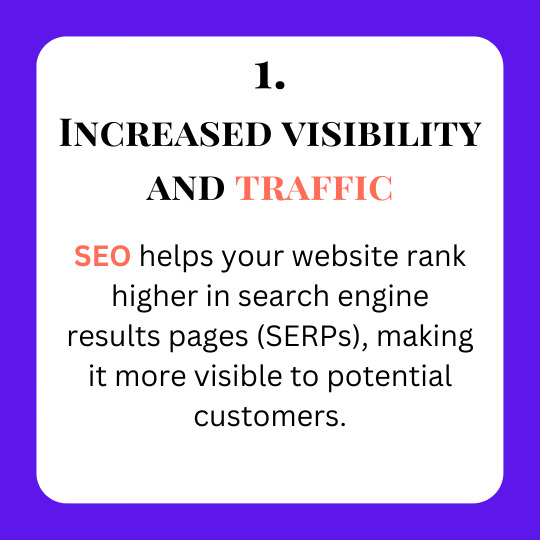
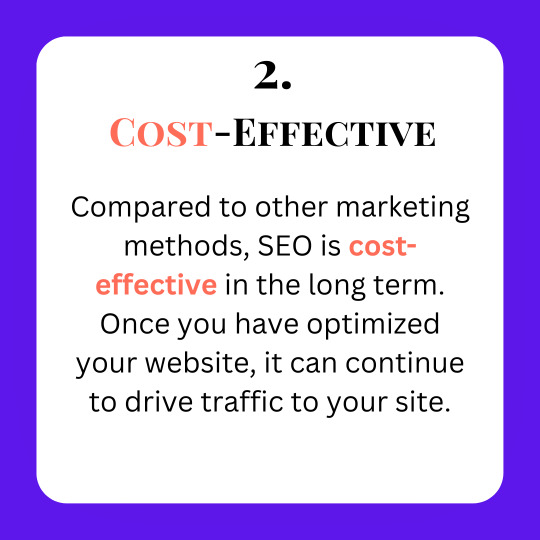
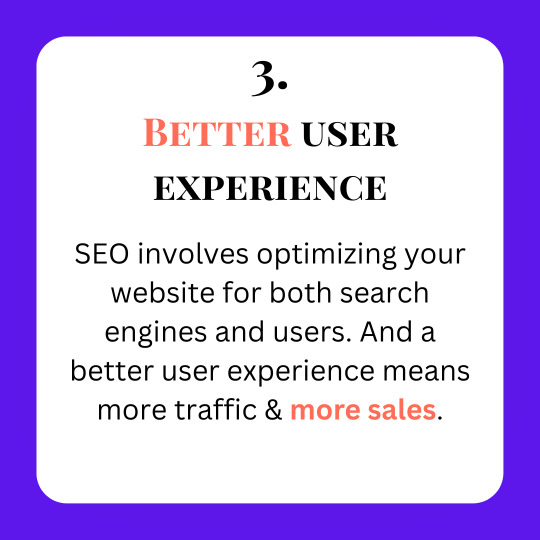

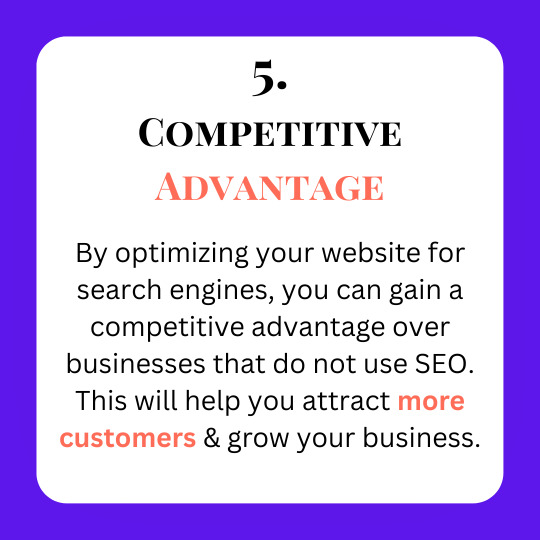
Unveiling 5 Benefits of SEO that will transform your online presence and elevate your business to new heights!
Don't wait, start increasing your search engine visibility today ! Get in touch with us. We'll help you to gain more organic traffic.
#seo expert#seo tips#seo services#seo company#seo marketing#search engine optimisation sydney#search engine optimization#search engine optimisation services#digital marketing#digital marketing agency#online marketing#online business#australia#usa#uk#nz
43 notes
·
View notes
Text
#digital marketing#search engine optimization#seo services#graphic designing#digital marketing agency#marketing strategy#best digital marketing company
3 notes
·
View notes
Text

Digital Marketing Agency In India
If you're looking for the Best digital marketing agency in India, Digital Hub4u is a good choice. They also assist in promoting your company on the internet, such as through SMM, SD, PPC advertising, and web page design. With their knowledge, your company can gain new customers, enhance the exposure of the brand, and demonstrate real-world results. Their team provides a one-on-one approach that will meet your specified objectives; digital technologies and a global business world full of technological advancements have been the key to success in the industry today. Dealing with Digital Hub4u allows your business web presence to become a force field, so you can get on with promoting your company as efficiently and effectively as possible. Contact us today to begin your journey toward a more robust online presence
#digital marketing#best digital marketing company#digital marketing agency#search engine optimization#website development
3 notes
·
View notes
Text

#digital marketing agency#sem marketing#sem services#seo services#seo marketing#social media marketing#seo company#search engine marketing#digital marketing#emailmarketing
3 notes
·
View notes
Text
Social Media Marketing Agency | Driving Traffic and Sales
In today’s fast-paced digital world, businesses need more than just an online presence to thrive. They require a strategic approach to engage audiences, build brand awareness, and drive meaningful results. This is where a Social Media Marketing Agency comes into play, helping businesses leverage the power of social platforms to drive traffic and boost sales.
#digitalmarketing#marketingdigital#marketing#best digital marketing agency#digital marketing agency#digital art#the my developer#bulk sms#bulk voice call#bulk sms service provider
2 notes
·
View notes
Text
agencia SEO sevilla
Descubre cómo una agencia SEO Sevilla puede transformar tu negocio con estrategias modernas y efectivas en esta ciudad dinámica.

https://www.glmentoring.com/agencia-de-posicionamiento-seo/agencia-seo-en-espana/sevilla/
#seo#creative writing#marketing#posicionamiento seo#rrs#agencia de marketing digital#las palmas#gran canaria#sevilla#spain#españa#SEO#search engine optimization#digital marketing agency#marketing agency
2 notes
·
View notes
Text
"The details are not merely details; they are the essence of exceptional design." At Sacred Trinity Digi Agency, we understand that intricate details are the cornerstone of success in crafting powerful posters, reels, Video Ads more—elements that many overlook. Join us, and together we will create extraordinary work that stands out! #design #sacredtrinitydigiagency #digitalmarketingagency #adfilmagency #chennai #perungudi #customised
#graphic design#design#sacredtrinitydigiagency#digital marketing agency#chennai#smallandmediumbusiness
2 notes
·
View notes
Text
Is digital marketing still a promising career option for aspiring professionals in 2024?
#digital marketing#marketing 2024#marketing strategy#seo#business growth#branding#ecommerce#search engine optimization#digital marketing agency#digital marketing company#digital marketing course#online marketing#digital marketing career#brandbuilding#brand marketing#ads career
8 notes
·
View notes
Text
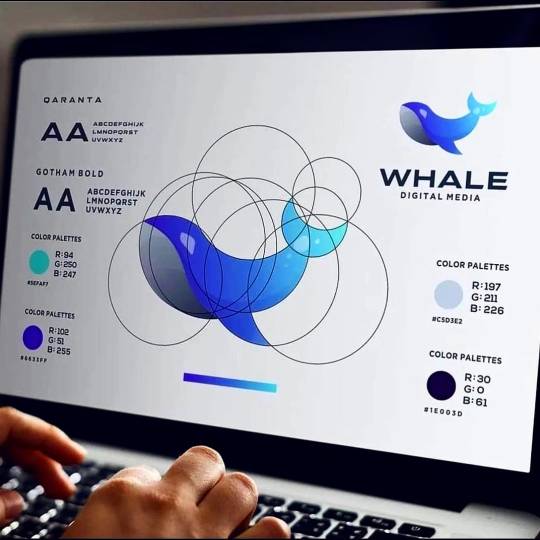
Whale logo for a digital media agency ☆
#whale#fishblr#fish#ocean#sea world#underwater#blue#digital art#digital media#digital marketing agency#seo services#development#logo#illustration#small business#artists on tumblr#creative
90 notes
·
View notes
Text
How to build your own SEO ‘second brain’ (and why you need it)
Whether you’re an internal SEO whiz or a digital agency pro, chances are you’ve experienced one or more of these all-too-familiar problems:
Feeling drowned in an ocean of ever-evolving industry trends.
Spending forever in the set-up phase, building deliverable trackers, audit sheets, keyword map templates, content briefs, and backlog grooming can feel like you’re on a never-ending treadmill.
Yes, I’ve been there too. I felt the relentless churn and knew that something had to shift dramatically if I wanted to continue growing as an SEO.
This realization led me to discover the game-changing concept of building a “second brain,” an idea popularized by Tiago Forte.
I’ve since applied this concept to my own SEO practices. Below, I’ll cover how you can build your own SEO second brain.
Why you should consider building an SEO second brain
Before building a second brain, let’s examine what an organic brain excels at and where it falls short. Here’s a quick snapshot:
Our brains are great at:
Generating original ideas.
Interconnecting ideas and spinning compelling narratives.
Fostering empathy with others.
But terrible at:
Retaining information over a prolonged period.
Segmenting and categorizing stored data.
Retrieving and applying stored information.
By delegating the latter tasks to an external database or a “second brain,” you can better store and retrieve crucial documentation, templates, and key learnings between websites.
Most importantly, never again will you forget crucial information when you most need it.
How to start building your own SEO second brain
Building your second brain may seem daunting initially, but take it one step at a time, and you’ll get there. Start with the following steps and tips:
Selecting the right tools to suit the way you work
Structuring your second brain with the PARA system
Operating your second brain: Start with idea capturing
A quick walkthrough of my own SEO second brain
You can use plenty of systems and platforms to build a second brain. It all comes down to your preference and which platform you’re most comfortable with.
I use Notion to build my SEO second brain (and operate most of my SEO projects), so I’ll use examples from Notion throughout this article.
A great way to identify which tool to use for building your SEO second brain is to get to know your style of information organization. Here are some examples Forte mentions:
The architect: Prefers systematizing information in a hierarchical manner, focusing on large-scale projects and using a systems mindset. They have to be careful not to force information into their system when it doesn’t fit. Apps like Notion and Craft are well-suited to this style.
The gardener: Thrives on cultivating many ideas at the same time, favoring relationships and connections. They must beware of getting easily distracted by new, unrelated information. Apps like Obsidian and Roam are well-suited to this style.
The librarian: Practical and project-oriented, they like to capture information from diverse sources and curate a collection of knowledge. Their pitfall might be amassing content without using it. Apps like Evernote and Microsoft OneNote are well-suited to this style.
The student: Usually new to knowledge management or focusing on a specific part of their life. They favor ease of use and avoid complexity. Apps like Apple Notes or Google Keep are well-suited to this style.
Structuring your second brain with the PARA system
The PARA system stands for:
Projects: Specific tasks linked to a goal or deadline.
Areas: Responsibilities that need to be maintained over time.
Resources: A topic or theme of ongoing interest.
Archives: Inactive items from the other three categories.
Here are some examples of which SEO tasks suit each category.
Projects: Your most important and time-sensitive tasks.
Example: Optimize the internal linking structure for a core landing page by the end of the week.
Areas: Your ongoing optimization efforts and routine tasks.
Example: Create monthly performance reports.
Resources: Shared credentials and background information.
Example: CMS logins and target personas.
Archives: Completed tasks and documentation
Example: Title tags updated over the past 24 months.
I’ve adopted some version of the PARA framework to manage SEO campaigns for 35+ websites.
It’s a game-changer to help me get the most impactful tasks done first and still deliver on smaller issues.
But how does this help me better manage SEO projects?
Traditionally, SEOs tend to structure our work into static categories like keyword research, technical audit, link building, and content production. However, this doesn’t mirror the dynamic nature of SEO projects.
This conventional and static way of organizing information is like categorizing your kitchen by individual ingredients rather than usage and priority (a fun analogy credited to Forte).
Wouldn’t it be odd to organize your kitchen by carrots, potatoes, and fruits rather than stovetop items, pantry goods, and fridge contents?
Like kitchens, static file structures can lead to “cross-contamination” between outdated and fresh documents, making it challenging to locate the most relevant information quickly.
Enter the PARA framework – a dynamic solution reflecting the shifting priorities of an SEO project:
Immediate concerns reside in the Project folder.
Ongoing work belongs to the Area folder.
Thematic and research material is kept in the Resources folder.
Completed tasks and old data go into the Archives folder.
This way, PARA keeps your SEO project fluid, organized, and current.
Operating your second brain: Start with idea capturing
Let’s say you’ve built an SEO second brain of your own. How do you go about using it in the best way possible?
For me, it’s all about idea capturing. This is the act of quickly and effortlessly storing information you’ve encountered throughout the day in a temporary repository.
It’s the single most important mechanism to master in operating a second brain.
That’s because it enables me to quickly and passively store new information in a temporary space of my second brain so that I can later revisit and move it to relevant sections of the brain.
These can include:
Important algorithm or industry updates.
Interesting articles on new tactics I can apply to my own websites.
Add meeting notes and recordings throughout the day.
Insightful conversations I’ve had with my colleagues.
I’ve built an empty page in my second brain called the Idea Capturing Station, meant to do just this, keeping it immediately accessible to me at all times on both desktop and mobile.
Here’s an example of how I quickly capture an interesting article on desktop:
And here’s how I quickly capture a new idea on mobile:
A quick walkthrough of my own SEO second brain
Here’s a quick snapshot of what my SEO second brain dashboard looks like.
Each of these individual areas, like Project Timeline, is then linked to separate databases where I store and organize information hierarchically. That’s right. I’m a classic architect when it comes to information organization.
In reality, however, I rarely use this dashboard. I use the tool’s internal search function to find specific areas of my second brain I want to navigate to.
For instance, if I’d like to find one of my project timelines, I can search for it and hop straight to it like so.
Building reusable templates
One of the most useful “powers” of this second brain is its ability to create reusable templates, giving me an almost instant set-up each time we onboard a new client at my agency.
With just a few clicks, I am able to populate a full SEO roadmap timeline, each broken into tickets with specified templates to be delegated to team members and shared with clients. Here are a few examples:
Keyword mapping
Content production
Documentation at hand
What about that time you forgot a key piece of information or statistic while meeting with stakeholders?
I have a database called the Knowledge Bank that allows me to pull up key information to reference at all times.
Let’s say I’m trying to convince some stakeholders that it can be worthwhile pursuing keywords with “zero search volume.”
In the middle of the conversation, I vaguely recall having read an article by Steve Toff on discovering zero search volume keywords, showing strong evidence of their ROI potential.
In this case, I can quickly search for the article on my second brain and reference the article almost instantly.
How to make the most of your second brain? Exercise it!
My second brain is far from complete and probably always will be (very much like our organic brains!).
The key here is to exercise our SEO second brain regularly so that we get better at using it to store, retrieve and synthesize information.
Once you’re familiar, extend your second brain to other domains of life!
Our second brain goes far beyond SEO at Criclabs, the digital agency I’m running. We use it to track new hires, document company processes, run employee portals and more.
The good news is many of us already have an SEO second brain in the works, whether we know it or not. If you have a shared drive to store information or occasionally take notes on your phone, your SEO second brain is already on its way.
What you can do now is what we SEOs know best, optimize it!
Opinions expressed in this article are those of the guest author and not necessarily Search Engine Land. Staff authors are listed here.
Add Search Engine Land to your Google News feed.
Related stories
New on Search Engine Land
<![CDATA[ @media screen and (min-width: 800px) #div-gpt-ad-3191538-7 display: flex !important; justify-content: center !important; align-items: center !important; min-width:770px; min-height:260px; @media screen and (min-width: 1279px) #div-gpt-ad-3191538-7 display: flex !important; justify-content: center !important; align-items: center !important; min-width:800px!important; min-height:440px!important; ]]>
About the author
Toon is an organic growth expert and co-founder of Criclabs, a digital agency based in Bangkok. He's worked with global brands like Electrolux, Greenpeace, and a multitude of startups deliver organic growth to their digital products.
Read more here https://sites.google.com/view/gorilladigitalseo/home
3 notes
·
View notes
Text
Best Digital Marketing Agency for Small Businesses in the USA — VConekt
Best Digital Marketing Agency for Small Businesses in the USA — VConekt
#seo services#digital marketing services#seo marketing#seo agency#digital marketing agency#branding#boost sales#increase returns
5 notes
·
View notes
Text
Best Digital Marketing Agency In Ahemdabad - digital het patel
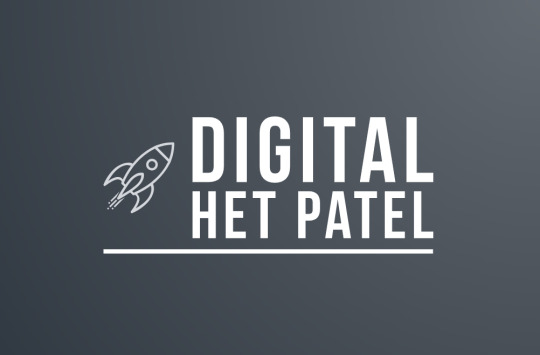
I am Het Patel, a certified digital marketing professional from the Ahmedabad School of Digital Marketing (ASDM), Ahmedabad, India. With advanced training in digital marketing, I am committed to helping businesses achieve their full potential in the digital realm.
2 notes
·
View notes
Text

Boost Your Business with Ninjads: Top Digital Marketing in Gwalior
Unlock your business's full potential with Ninjads, Gwalior’s leading digital marketing company. Our expert team crafts tailored strategies in SEO, social media, and paid advertising to increase visibility and drive results. With a commitment to growth and ROI, Ninjads is your trusted partner for a stronger online presence.
2 notes
·
View notes
Text
Crafting Compelling Digital Marketing Content: A Guide
Understanding Your Target Audience
Before diving into content creation, it's crucial to know your target audience inside and out. Consider the following:
Demographics: Age, gender, location, income level, education level, etc.
Psychographics: Interests, hobbies, values, lifestyle, etc.
Behavioral: Buying habits, brand loyalty, usage patterns, etc.
Once you have a clear understanding of your audience, you can tailor your content to their specific needs and preferences.
#digital marketing#digital marketing agency#digital marketing institute#digital marketing solutions#digital marketing training#digital marketing strategy
2 notes
·
View notes